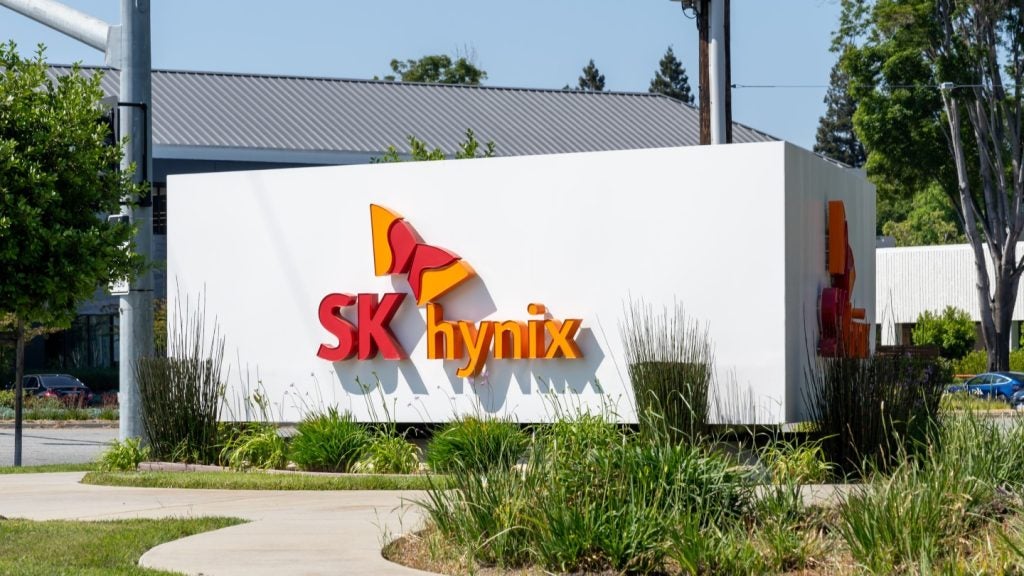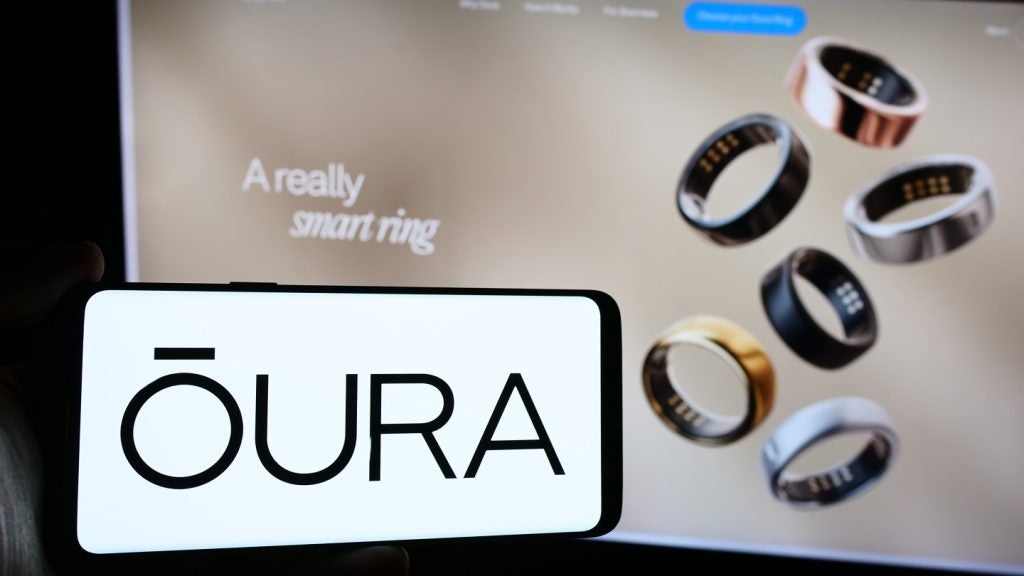Enovix has been granted a patent for a method to cycle a secondary battery featuring silicon-based negative electrodes. The method involves transferring carrier ions between electrodes to achieve specific voltage thresholds, optimizing the battery’s charge and discharge states while ensuring the positive electrode maintains a high state of charge. GlobalData’s report on Enovix gives a 360-degree view of the company including its patenting strategy. Buy the report here.
According to GlobalData’s company profile on Enovix, Battery management systems was a key innovation area identified from patents. Enovix's grant share as of June 2024 was 31%. Grant share is based on the ratio of number of grants to total number of patents.
Method for cycling a secondary battery with silicon electrodes
The patent US12009488B2 outlines a method for cycling a secondary battery, which includes a negative electrode made of silicon or its alloy, a positive electrode with a cathodically active material, and a microporous separator filled with a carrier ion-containing electrolyte. The method is characterized by specific voltage parameters for charging and discharging the battery. The positive electrode's end of discharge voltage (Vpos,eod) is defined to ensure that the state of charge remains at least 95% of its coulombic capacity, while the negative electrode's end of discharge voltage (Vneg,eod) is maintained between 0.4 V and 0.9 V (vs Li). The controller is programmed with predefined voltage values for both the end of charge (Vcell,eoc) and end of discharge (Vcell,eod) to facilitate efficient cycling between charged and discharged states.
Further claims detail variations in the voltage thresholds for the positive electrode, specifying that Vpos,eod can correspond to states of charge ranging from 96% to 99% of its capacity. The negative electrode's voltage can also be adjusted within narrower ranges, such as between 0.4 V and 0.8 V or 0.5 V and 0.7 V (vs Li). The patent also discusses the use of various carrier ions, including lithium, sodium, magnesium, and aluminum, with a focus on lithium ions. Additionally, the negative electrode may incorporate a microstructured silicon-containing active material designed to accommodate volume changes during cycling, with a specified void volume fraction to enhance performance. This innovative approach aims to improve the efficiency and longevity of secondary batteries.
To know more about GlobalData’s detailed insights on Enovix, buy the report here.
Data Insights
From

The gold standard of business intelligence.
Blending expert knowledge with cutting-edge technology, GlobalData’s unrivalled proprietary data will enable you to decode what’s happening in your market. You can make better informed decisions and gain a future-proof advantage over your competitors.







